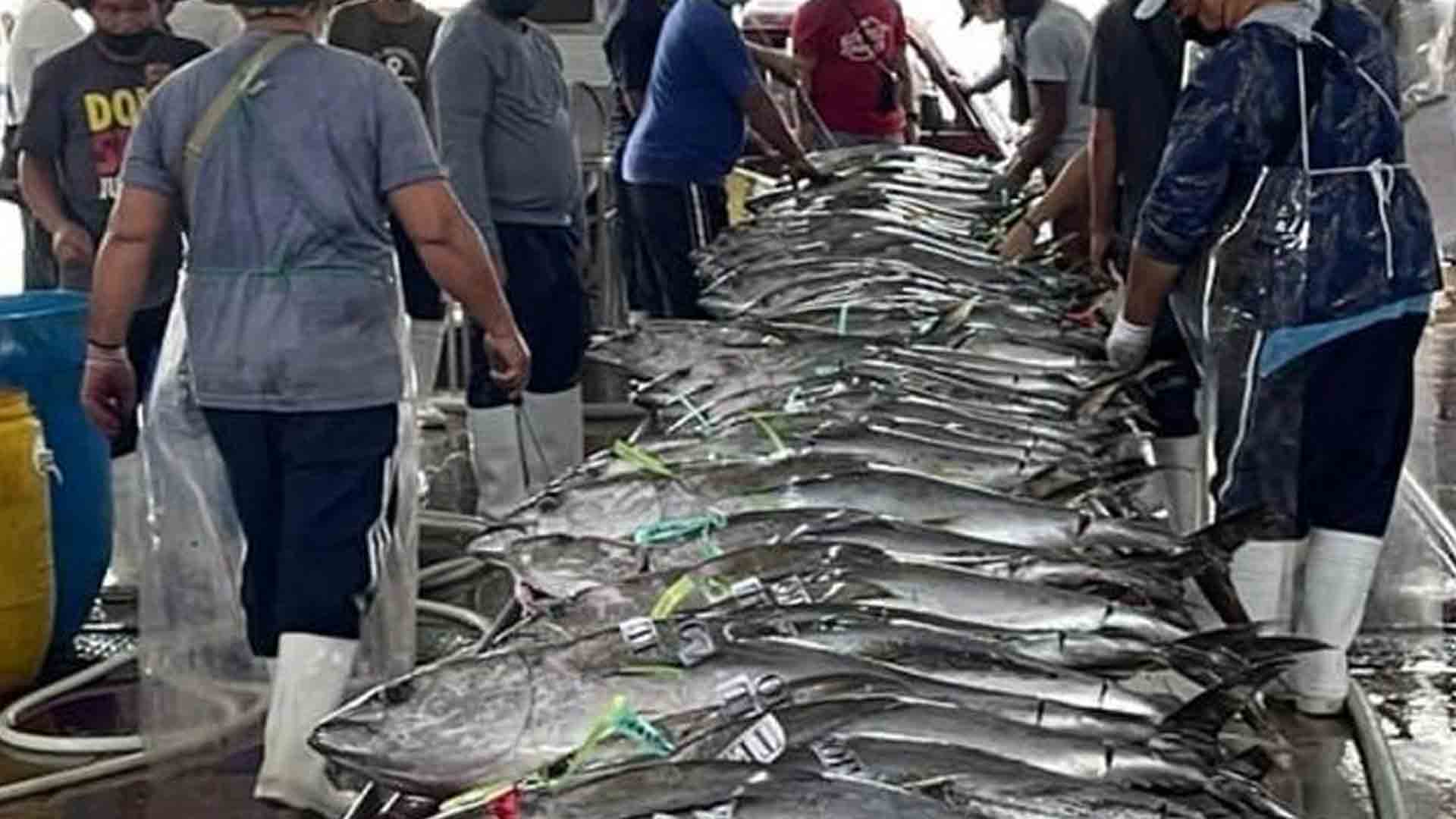The plan to modernize the fishery sector is part of government efforts to ensure food security in the country, Malacañang has said.
This was after the Bureau of Fisheries and Aquatic Resources (BFAR), an attached agency of the Department of Agriculture (DA), vowed to prioritize increasing local fish production to maximize the potential of the country’s fisheries industry.
Press Secretary Trixie Cruz-Angeles said BFAR’s initiatives are in line with the commitment of President Ferdinand Marcos Jr., who also heads the DA, to ensure a sufficient food supply.
“Bilang pagsunod sa mga polisiya ni Pangulong Bongbong Marcos na siguruhin ang food security, inilatag ng Bureau of Fisheries and Aquatic Resources Central Office ang kanilang mga plano para mapataas ang fish production sa bansa at mabawasan ang pangangailangan sa fish importation (In adherence to President Bongbong Marcos’ policies to ensure food security, the Bureau of Fisheries and Aquatic Resources Central Office has laid out plans to boost local fish production and minimize the need for fish importation),” she said in a Facebook post on Friday night.
Cruz-Angeles said BFAR would focus on the modernization and innovation of the fishery sector.
“The bureau outlined its plans to improve current projects,” she said, citing some of BFAR’s programs.
In a statement released Thursday, BFAR laid out its catch-up plan to ensure fish sufficiency in the country, including innovation, modernization, and intensification of the fishery sector.
The initiatives BFAR would undertake aim to address the projected annual deficit of the country’s food fish supply estimated at 44,000 metric tons this year.
“This is more than one percent short of what is needed to attain full sufficiency,” BFAR said.
To reduce post-harvest losses, the bureau bared its intent to expand the use of fish aggregating devices in strategic fishing areas in the country; push for the mechanization of irrigation supply canals and provision of pond aeration to fish farms; and develop a cold chain program in island municipalities.
BFAR also sought to upgrade the National Fish Broodstock Development Program by including other high-value species, such as siganids, snappers, pompano, groupers, and seabass.
The bureau’s catch-up plan also includes the establishment of more hatcheries for increased fingerling production, intensification of the Balik Sigla sa Ilog at Lawa (BASIL) program, optimization of mariculture parks, promotion of urban aquaculture and unconventional production systems, and enhancement of aquaculture through the use of green energy.
BFAR is set to implement the catch-up plan in the second semester of 2022. (PNA)





















